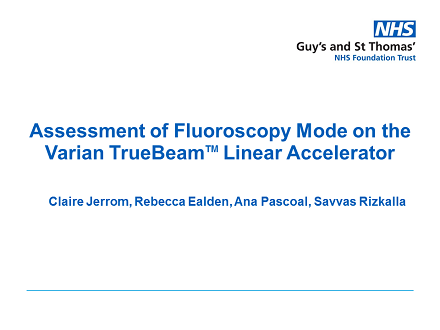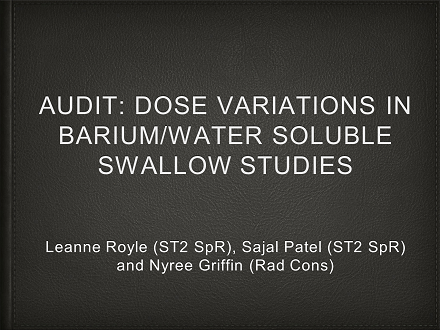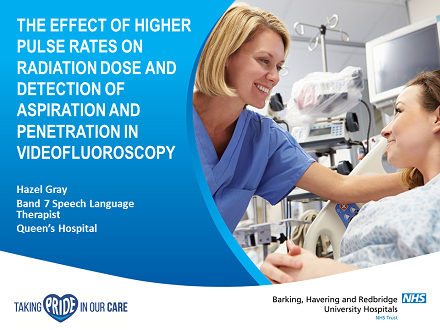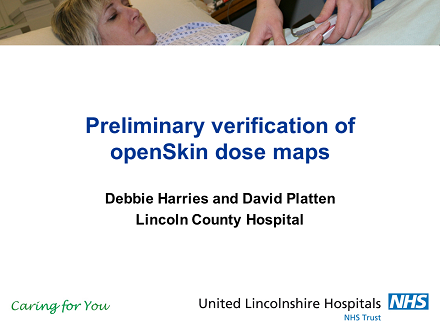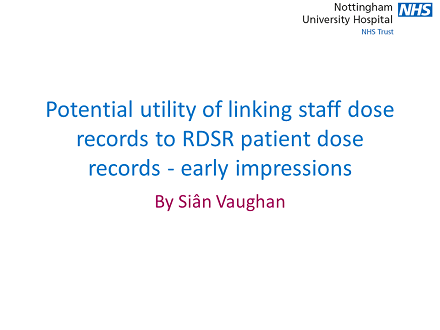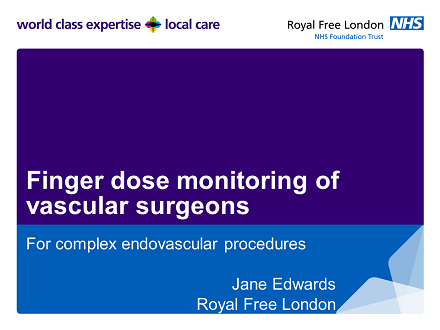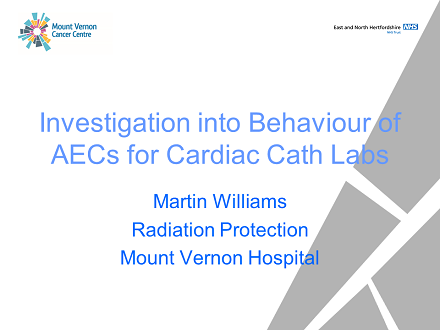Purpose:
To assess the accuracy of estimates of peak skin dose (PSD) obtained from an open source (openSkin, as integrated into OpenREM) skin dose mapping software package and the accuracy of estimates of peak reference point air kerma obtained from a commercially available (DoseWatch, GE Healthcare©) dose management package.
Materials and Methods:
A 32 x 32 x 20 cm PMMA phantom was subject to a series of simple fluoroscopic and
acquisition exposures in a Siemens Artis Zee cardiac catheter laboratory. Direct measurements of PSD were obtained
using either an RTI T20 solid state dose meter or 35 x 43 cm Gafchromic XR-type film fixed to the exposed surface of
the PMMA phantom. These measurements were then compared with the PSD values calculated by openSkin under conditions of matched-phantom geometry.
The PSD measurements were also compared with the peak reference point air kerma values calculated by the DoseWatch cumulative incidence map, a feature of the commercially available DoseWatch dose management package.
Results:
The DoseWatch...


